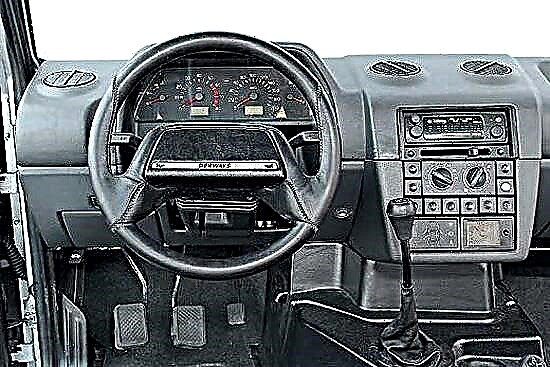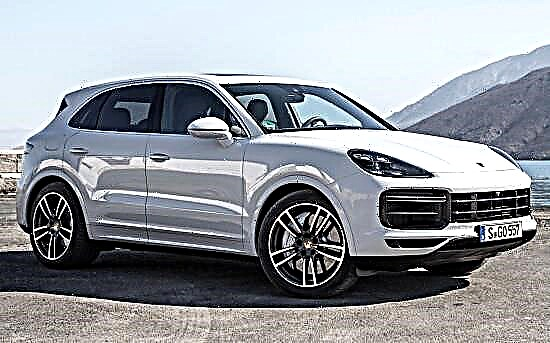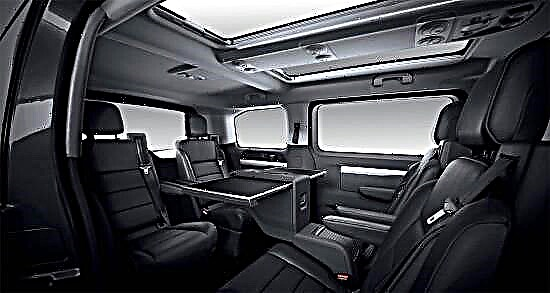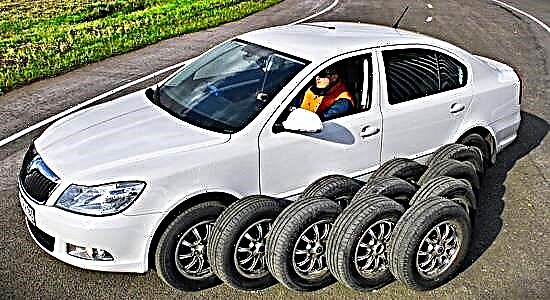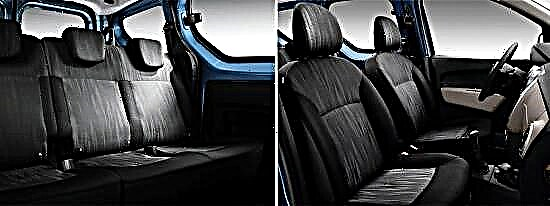At the international bridal show in Frankfurt, which took place in the fall of 2013, Hyundai presented the world with the new (second in a row) i10 city car. Compared to its predecessor, the car has undergone large-scale changes, having received increased body dimensions, new exterior and interior, an upgraded technical component, as well as a rich list of equipment.
In Europe, the "Korean" has been sold since January 2014, but it is not officially supplied to Russia.

The appearance of the “second i10” is designed in the “family” style of the brand, and is perceived by no means feminine, but all due to the aggressive front end and rather dynamic silhouette.

In 2016, the exterior was refreshed to the hatchback (everything else remained practically unchanged).

The five-door hatchback "stands out" in the European A-class: its length is 3665 mm, the width does not exceed 1660 mm, and the height is 1500 mm. The front and rear axles are spaced 2385 mm apart and the underbody is separated from the road by 149 mm clearance.

The interior of the Hyundai i10 is in no way inferior to the "older" models - it looks attractive, and is equipped with an "adult" feel.

Formally, the decoration of the car is five-seater, but the back sofa will be cramped even for two adult riders.
The luggage compartment of the compact hatchback is 252 liters, if necessary, the second row of seats folds (though not flush with the floor), freeing up 1,046 liters.

The "second" Hyundai i10 can be equipped with one of two naturally aspirated gasoline engines with distributed injection. Among them:
- three-cylinder engine with a volume of 1 liter, producing 67 horsepower and 95 Nm of torque at 3500 rpm,
- or a 1.25-liter inline "four", the potential of which reaches 87 "horses" and 121 Nm at 6000 rpm.

In the arsenal of gearboxes - 5-speed "mechanics" or 4-band "automatic".
Depending on the modification, the car accelerates to the first "hundred" in 12.3-16.8 seconds, develops a "maximum speed" of 145-175 km / h and on average consumes from 4.7 to 6.2 liters of fuel in the combined cycle.
At the heart of the "Korean ten" of the second generation is a front-wheel drive platform with McPherson struts in the front suspension design and a semi-independent scheme with a torsion beam at the rear. The hatchback's steering system is equipped with an electric amplifier, and braking is controlled by the front (with ventilation) and rear disc mechanisms with ABS, EBD and ESC.
In the European market, the Hyundai i10 in 2018 is sold at a price of ~ 8 thousand euros (available in four different equipment levels).
The entry-level equipment list includes: front and side airbags, tire pressure monitoring system, ABS with EBD, ESC, trip computer, folding rear seat and central locking.


